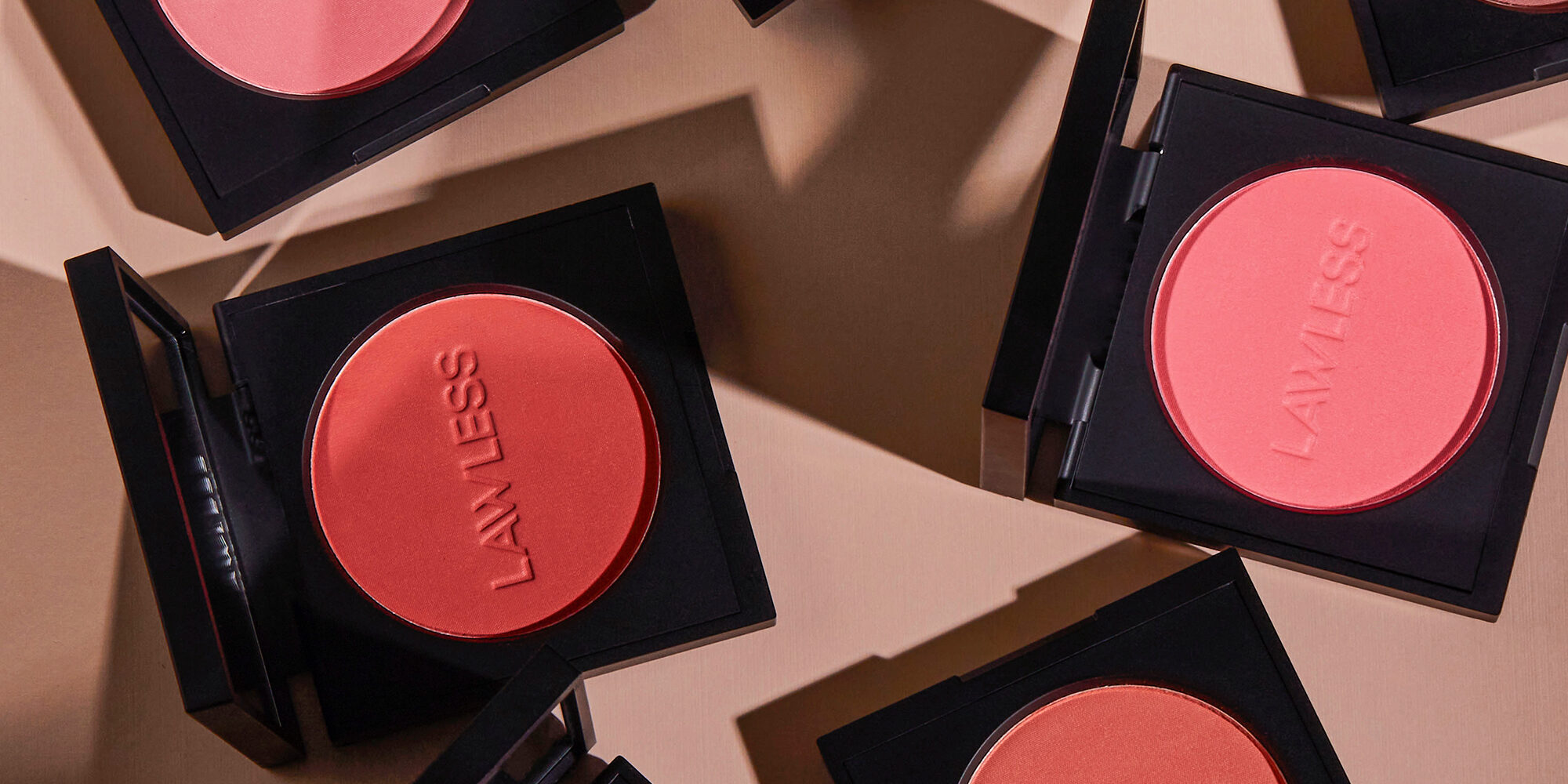
How Lawless Beauty Scores At Sephora By Expanding Clean Makeup’s Reach
Annie Lawless’s business trajectory is the encapsulation of food trends translating to beauty. Diagnosed with celiac disease at 12 years old, she dropped out of law school in 2010 to launch cold-pressed juice brand Suja after detecting that downing green stuff cleared up her stubborn eczema. “What goes in your body does affect how you look,” says Lawless, a holistic health coach. Suja was a phenomenally successful startup. It landed in major retailers like Costco and Target and, in 2015, sold minority stakes to Coca-Cola for $90 million and Goldman Sachs for $60 million at a valuation of $300 million.
Ready to leave Suja, but not entrepreneurialism, Lawless launched Lawless Beauty, a clean color cosmetics line that doesn’t skimp on pigment and performance, in 2017. Similar to the juice craze going mainstream, she sensed clean makeup was ready to broaden from early eco-conscious converts to even women wearing full faces of conventional cosmetics daily. “It’s a lot like food and what I experienced in juice,” says Lawless. “People are starting to wake up and really understand that what’s in their products is important.” Her instinct paid off. According to an estimate by industry sources in Women’s Wear Daily, Lawless Beauty could hit $10 million in sales this year. Beauty Independent chatted with Lawless about the brand’s exclusive distribution deal with Sephora, the challenges of operating in a packed category, series A investment, and her advice for fellow indie beauty brand founders.
How did Lawless Beauty come to be?
For fun, I had started a fashion and beauty blog called Blawnde. I had completely transitioned over to clean skincare, and I was like, “This is so silly that I spend more money and seek out clean skincare, but, then, I’m putting all the same ingredients back on my skin, five minutes later with my makeup.”
As a makeup person, I love full coverage. I’m not a no makeup makeup person. I love smokey eyes, full coverage foundation, all of it. When I bought a bunch of clean makeup in hopes of switching, I was just so underwhelmed by the quality, the performance, the coverage. Not much of it was long-wear and the packaging felt like recycled paper. Clean makeup just felt so behind clean skincare.
I wanted to switch, but I would never sacrifice the performance and pigmentation. I figured there had to be a lot of other women like me that aren’t looking to go to Whole Foods to pick up their makeup or looking for one stick for their eyes, cheeks and lips.
What was the process like to develop the concept?
I got the idea and started working on it at the end of 2016. Then, I launched a late fall 2017. It took me about eight to nine months to really get it off the ground. That’s because I’m a psychopath and, if I want to do something, I want to do it now. I was just obsessed with the idea, and I worked on it day and night.
I was self-funded for the first two years, but I recently took series A funding in December 2019 from Cult Capital. They are my dream partner. Obviously, going through Suja and having multiple rounds of fundraising, I’ve learned a lot. I was 24 when we started Suja, so I experienced all the different types of investors out there, the different relationships you can have and what it means when you take capital. It’s really a marriage. Once you take capital, you’re in it together until the end. I was really careful this time about taking my time and self-funding as long as I possibly could so that I would be able to partner with someone aligned with my vision.
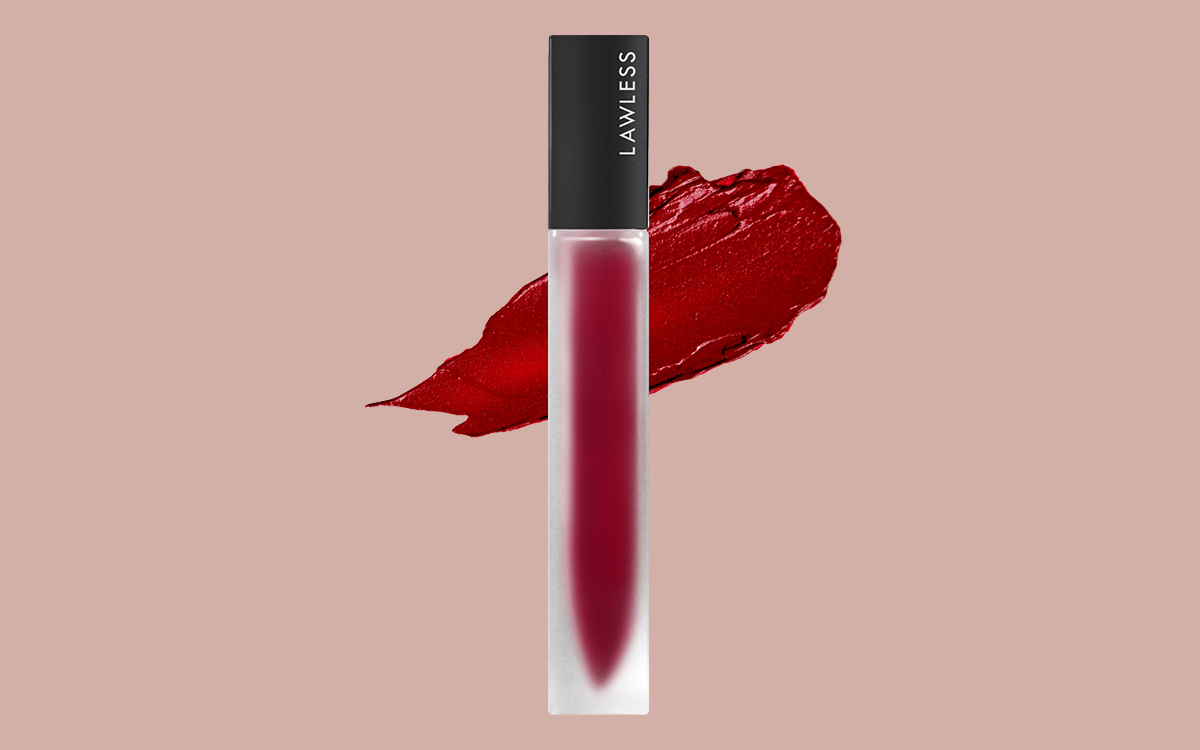
What were challenges you faced building the brand, and how did you overcome them?
Beauty is obviously a really saturated and competitive space. Products are launched every single day. Differentiating yourself is really tough to do. One of my biggest hurdles at launch was telling the story of why we’re different. I never wanted to be seen or lumped in as a clean brand because I’m trying to be the clean brand that the makeup girl will love, whether or not she cares about clean. So, there was tension between telling why we’re better. Yes, the ingredients are better, cleaner, but it’s about not solely standing on that and having her discount us because we’re clean and all the things that she thinks clean is.
Then, finding manufacturers is really, really tough because clean is still such a new category of color. There’s a reason that color is behind skincare. It’s really tough to formulate with the same efficacy as conventional brands like Nars, Bobbi Brown and Giorgio Armani. Because you can’t use carbon black, it’s hard to do a mascara. It’s hard to do an eyeliner. It’s definitely a challenge that I’m still overcoming, and I’m working with new labs and trying to go to all the shows and see new innovation and work directly with chemists just to crack the code on some of these launches that we have coming up so that they can be things that people have never seen before.
What makes Lawless different?
I won’t launch something unless I will replace what I was using before with it. For important things like a date night, wedding or my birthday, any time that I’m still reaching for my conventional favorite over my lab samples, I know it’s not ready. I’m not comfortable launching something unless it’s my favorite. There’s a reason I haven’t launched mascara. I’ve been working on it for two years, and I haven’t found anything that I love more than my Chanel. I’m not trying to just launch the products to launch them. I really want them to be better than anything else out there, clean or not.
How did you build the brand’s audience?
We’ve really gone the organic route. We’ve not done any paid influencer work. We recently started implementing a digital ad strategy. In the last few weeks, we’ve started doing more brand emails and tapping into our email database promoting our product launches. We’ve been building our database by doing giveaways. We’ve also been doing Instagram ads and even social campaigns with other brands, doing joint giveaways and partnerships. We’re still kind of figuring out what the right code is for us.
I was really lucky that I had kind of been in the influencer space before as a blogger. I had gone to all the beauty events and fashion events, and had worked with beauty brands, so I was able to meet and form friendships with many of the beauty YouTubers and influencers. It was really beneficial when it was time for me to launch my brand for seeding products and hosting events they would come to.
We also participated in events like Sephoria. Sephora has been really, really helpful. We are in an exclusive partnership with them, so part of that is participating in a lot of their campaigns like clean animations where they highlight clean brands in all stores nationwide where we may not otherwise have presence or fixtures. It gives people an opportunity to see our brand alongside all the other clean brands.
How did you decide Sephora was the right retail partner for the brand?
I have an interesting story with Sephora because I was not actually looking to launch in retail. I had 11 liquid lipsticks, and I launched on my own DTC website. I was fulfilling out of my little warehouse in San Diego. I honestly thought that’s what I was going to do. I started Lawless as a complete passion project and, as a one-woman show, that’s the easy way to do it because then I don’t have to worry about fulfilling retail purchase orders, dealing with the inventory and the MOQs, and all these things that go into launching in a giant like Sephora. I can just fulfill out of my little warehouse. Everything’s on my terms.
I launched in October 2017, and I got an email from Sephora in December. So, it was very fast. I was totally unprepared. I went to San Francisco and met with them. I told them I’m a really tiny brand, I do everything out of my house, but they were really excited about clean at the time. They were about to launch their clean seal, which is now so widely known, but it didn’t exist at that time. They were looking for clean brands that were up-and-coming to partner with early on and help grow. That’s why I knew they were the right partner for me because despite how small we were, despite the fact that I had no team. They could not have been more enthusiastic, more helpful, more of a true partner. I was asking a million questions. They really held my hand through launch and, to this day, hold my hand. I leaned in hard to them because they leaned in hard to me. My takeaway would be go all in.
What’s Lawless Beauty’s growth been like?
Year after year, our sales continue to double, which is really exciting. We launched with 11 lipsticks. Now, we’ve got multiple product ranges, foundation powder, primer, blushes, bronzers, highlighters, eye shadow palettes, lip glosses. We’ve grown really fast. I would say the reason behind that is clean is starting to really gain some traction in color. It’s a lot like food and what I experienced in juice. People are starting to wake up and really understand that what’s in their products is important.
The brand recently launched three products. What strategies did you implement to make the launches successful?
This year, we launched some really key things like our priming serum, our satin luxe cream lipsticks and velvet blushes, which all really outperformed sales expectations. Our blush was our biggest launch. It sold 200% more than our projections.
We do a few things with the launches, but the first is really teasing the product. We start talking about it early through my personal channels. Any time I’m doing a tutorial and I use a lab sample, someone notices and calls it out in the comments. Then, people get excited. That’s fun for me because I get to see what people are into. Often, during the formulation process and I’ll say something like, “What’s your guys’ favorite blush shade?” I like to utilize my audiences’ voice because I’m making products for them. I do a lot of tutorials and a lot of real-time swatching. That really helps people understand the product because buying makeup online has been, obviously during COVID, kind of the only way. It’s hard to get people to go over the edge unless they really know what they’re buying because they don’t want to deal with the return.
Secondly, we really love to do reviews. We truly seed product for free to let people try it, see how they feel about it and leave a review in exchange for the free product. It’s great for us because, when they leave a review and someone goes to buy it at Sephora, they can already read about the product, have seen people’s experiences with it and photos of them wearing it, and understand the payoff and the formula. It’s a huge help to us because it’s that reinforcement to buy it.
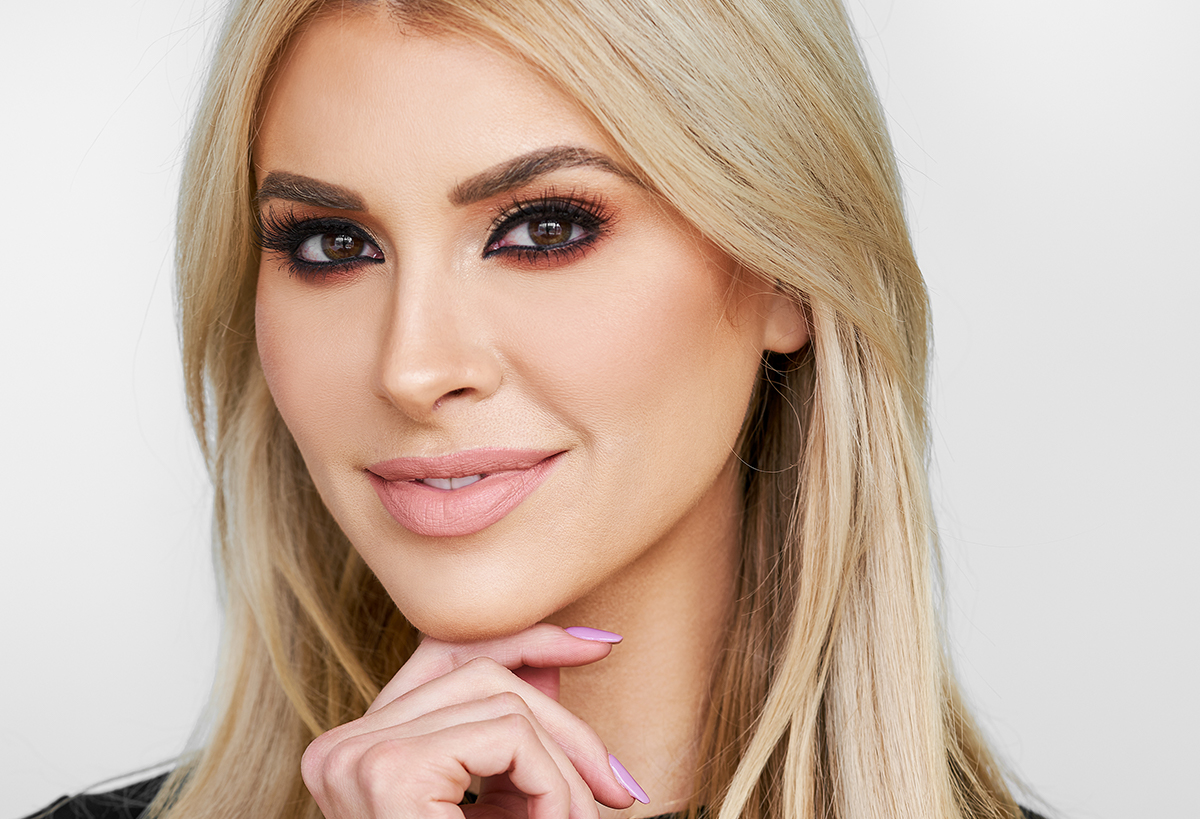
How has the pandemic affected the brand?
We’ve definitely pivoted some things. For example, we have 54 gondolas with Sephora and, when the stores shut down, my sales report would say zero brick-and-mortar sales obviously. We’ve shifted our focus and our spend to digital assets that allow people to see the product in action because that helps make up for the in-store experience of being able to swatch it on their hand or apply it themselves. We’re pouring more money into our imagery, our content, swatching on more skin tones and doing more email campaigns versus investing in in-store education. It’s actually been a great thing, and we’ve seen a pretty big transition. Truly, the dot-com sales have almost made up for the missing brick-and-mortar sales.
Can you tell us about upcoming launches?
We have our first limited-edition holiday launch coming up, which is going to be something fun and sparkly. I wanted to do something lighthearted having to do with champagne. It will be a nice little stocking stuffer.
One big initiative that I’m really excited about is we just partnered for the first time with a charity called Every Mother Counts, which is founded by Christy Turlington. I just gave birth to my daughter. I had access to great healthcare. Every Mother Counts’ goal is to fund healthcare for women in countries where they just don’t have access to healthcare. Three-hundred thousand women annually die during labor, and 98% of that is preventable. Our Baby collection launched Oct. 6, and it’s an eyeshadow palette, lipstick and a gloss in this girly pink color. Ten percent of all proceeds go to Every Mother Counts.
How has the brand changed in the last years?
We grew faster than I ever expected. The first two years, I was flying by the seat of my pants, so we’re really starting to build out the internal structure. We just hired Rachel Shelowitz as our president. We hired someone for the marketing team. I think that having a heart and a soul behind a brand is so important, so I wanted to build the team slowly and find people that were passionate about it and have them grow with us until eventually we exit someday. I really want to build a family here. My brother is actually our director of finance. It’s changed so much because it really just started as me. Now, I’m really looking to find those rockstars and my hiring strategy is from the top-down. Instead of me having to build out and manage teams, I would like to hire the key people like Rachel and give them the power to build out their teams.
What advice would you give to a new indie brand founder?
My advice would be don’t ever stop. It’s like the Wild West starting a business. It can be so overwhelmingly stressful at times. Things are going to go wrong. If you’re really passionate and you love what you’re doing and you have a unique idea, you need to press on. Success is not a straight path, but you can get there if you’re really smart and strategic, and don’t stop. I have days all the time where I’m like, “Why would I do this again? Why would I bring this stress on myself again?” But passion is the key. I dropped out of law school to make juice because I was miserable. You have to follow your heart. Find your true north as a brand, stay true to that, and you will be successful.

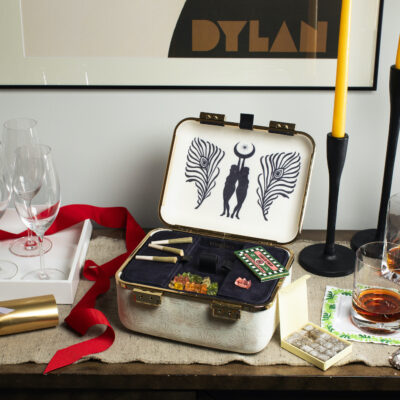
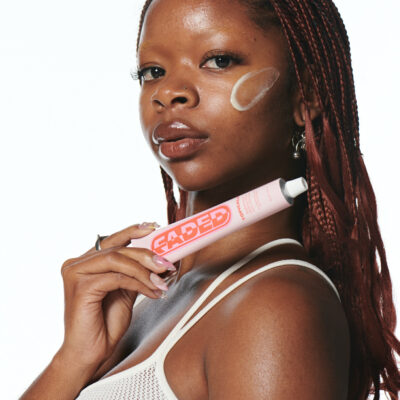
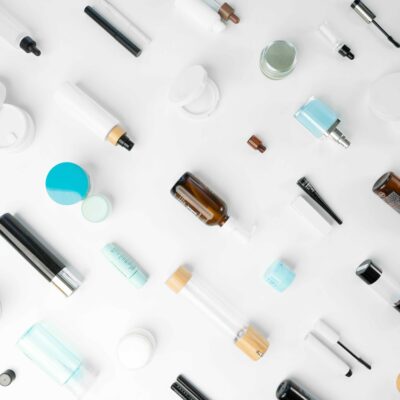
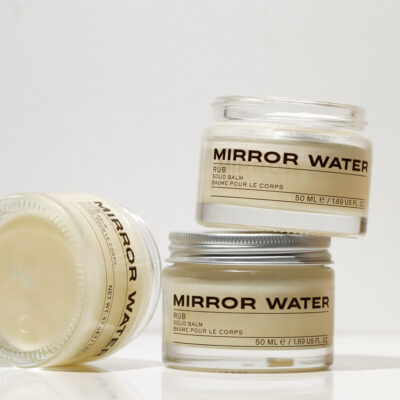
Leave a Reply
You must be logged in to post a comment.